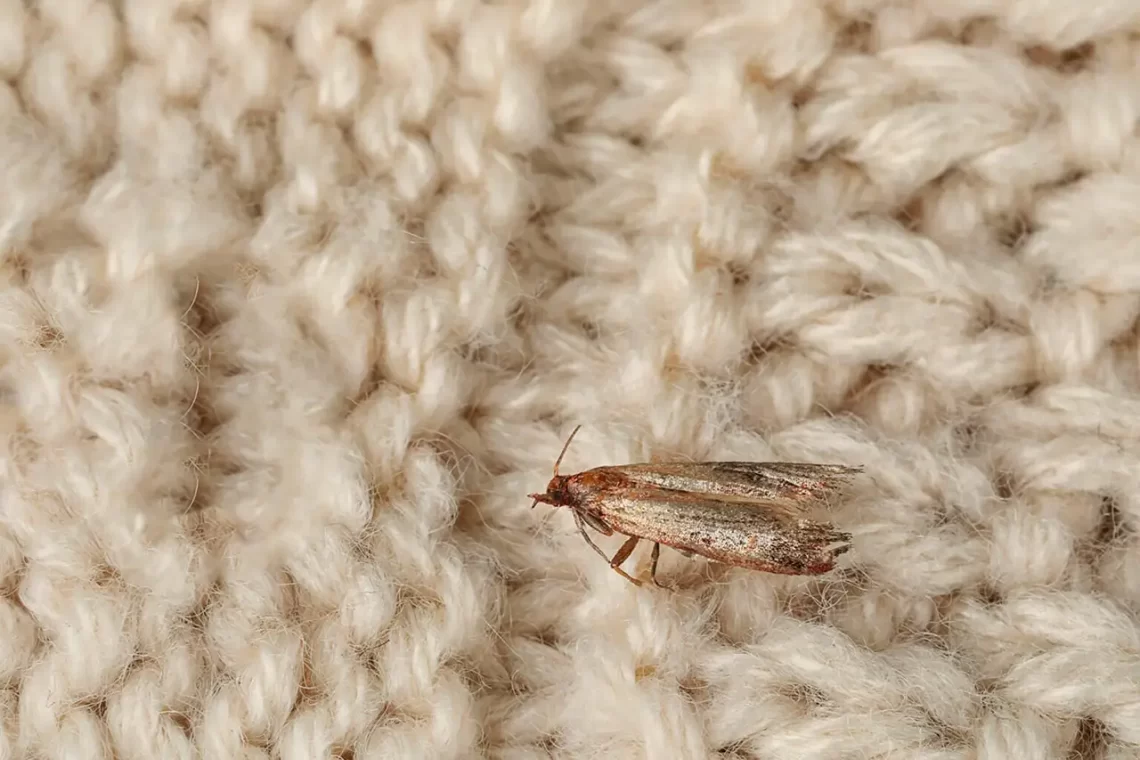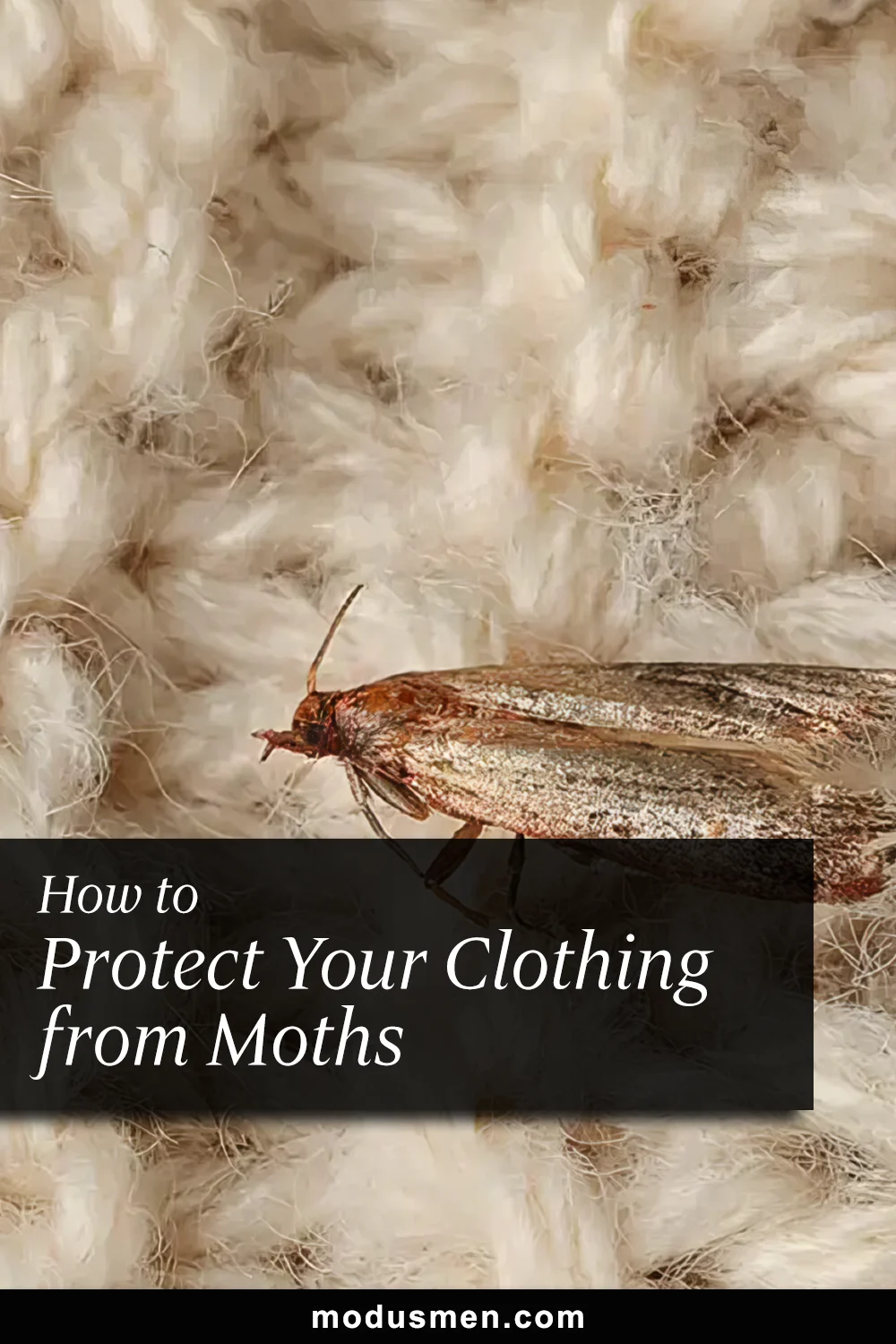
How to Protect Clothes from Moths
Finding moths in your wardrobe can be a nightmare. These tiny pests can wreak havoc, leaving holes in your favorite clothes. It’s especially painful when the damaged items are sentimental, expensive, or hard to replace. The cost of replacing even a single piece can add up quickly, and if you need professional help to get rid of the moths, it can get even pricier. Knowing how to protect clothes from moths is essential to keep your wardrobe safe and intact.
What are clothes moths?
Clothes moths, also known as textile moths, are insects that love to munch on natural fibers like wool, silk, and feathers. The most common culprits are the webbing clothes moth and the case-making clothes moth.
These moths are small, with a wingspan of about half an inch. They’re usually a pale golden color and look a bit furry. The larvae, or caterpillars, are tiny and white, spinning silken webs as they eat.
Moths are attracted to natural fibers, especially if they’re dirty or stained with sweat or food. They lay their eggs on these fibers, and when the eggs hatch, the larvae start feeding on the fabric. Over time, this can cause holes and significant damage to your clothes, upholstery, and other textiles. To effectively protect clothes from moths, it’s crucial to understand their behavior and lifecycle.
Ways to Protect Clothes from Moths
There are several effective ways to protect clothes from moths:
- Keep clothes clean: Moths are drawn to dirty clothes, so it is crucial to keep your wardrobe clean. Regularly wash or dry clean your clothes. Clean clothes are less likely to attract moths, making it easier to protect clothes from moths.
- Store clothes properly: When storing clothes, make sure they’re clean and dry. Airtight containers or sealed plastic bags should be used instead of cardboard boxes, which can attract moths.
- Use natural repellents: Natural repellents like cedar wood, lavender, or peppermint can help deter moths. Use cedar blocks, sachets, hangers, or essential oils to keep them away. Remember, replace or replenish natural repellents from time to time, so combine them with other preventative measures for the best results.
- Use of moth traps: Moth traps can help monitor and control moth populations. These traps use a pheromone lure to attract male moths, preventing them from reproducing.
- Regularly vacuum and clean: Vacuuming and cleaning closets and storage areas regularly can help remove any eggs or larvae. Be thorough, especially in corners and crevices, and wash any removable covers or linings.
- Inspect for moths and larvae: Regularly check your clothes for signs of moth damage, like small holes or white larvae. If you find evidence of moths, take action quickly to prevent further damage.
- Consider professional exterminators: If you have a severe infestation, it might be time to call in a professional exterminator. They have the specialized equipment and chemicals needed to eliminate moths and their larvae.
If you do find yourself dealing with a moth infestation, act fast. Start by thoroughly cleaning all affected areas and use an insecticide specifically designed for clothes moths.
By following these tips, you can effectively protect clothes from moths and preserve them for a long time. Moths love natural fibers, so clean and store them properly, and use natural repellents to greatly reduce the chance of moth infestation.






